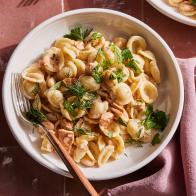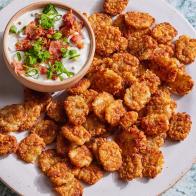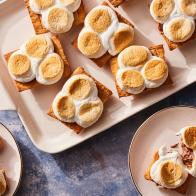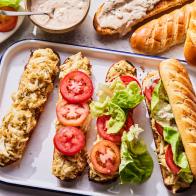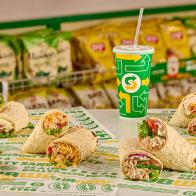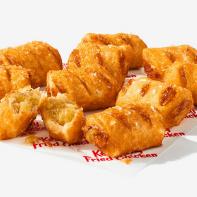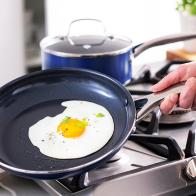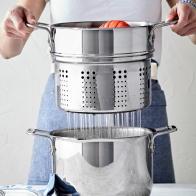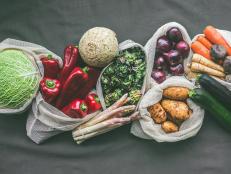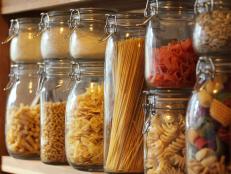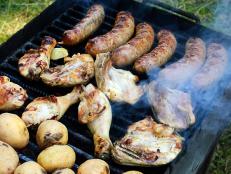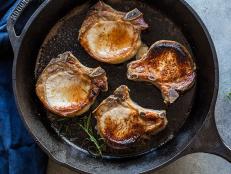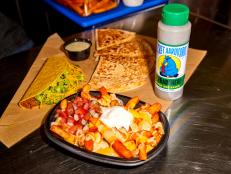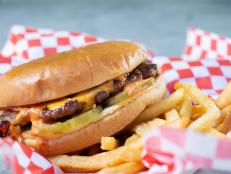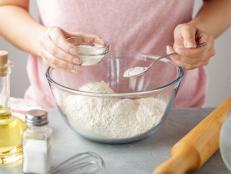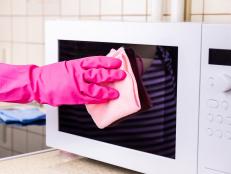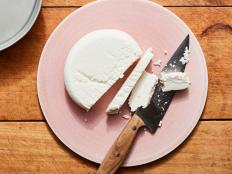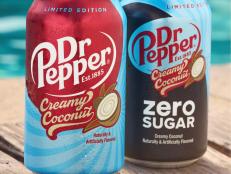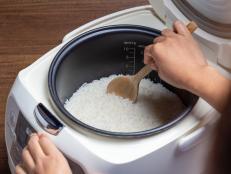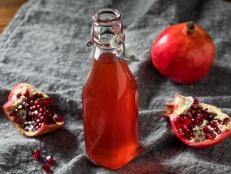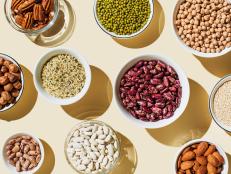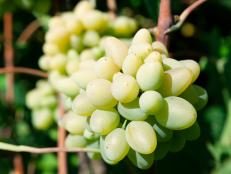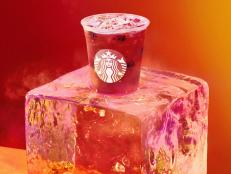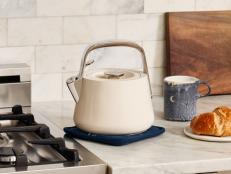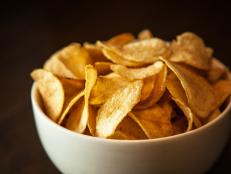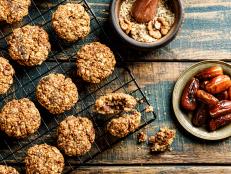5 Things To Know About Your Refrigerator
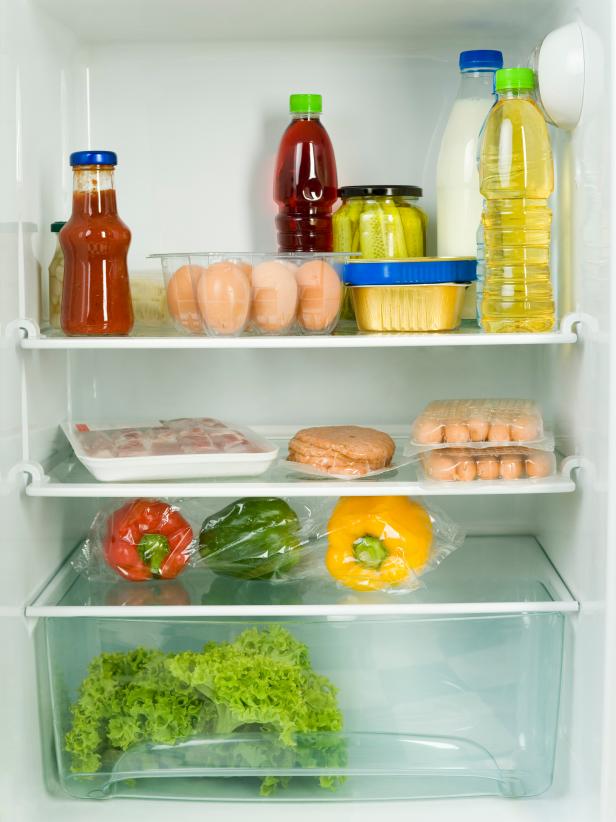
Tomasz Trojanowski
1: The temperature should remain between 30 degrees F and 40 degrees F. While freezers should clock in at zero or below, a refrigerator that hovers no higher than 40 degrees F is safest for food storage, as it inhibits bacterial growth.
2: Your refrigerator and freezer need to be cleaned each season. Freshen up the fridge and its contents by doing away with odors and lingering germs. Remove everything from inside, weeding out items that need to go. (Put edible odds and ends to use in everything-but-the-kitchen-sink salads, pizzas or soups.) Replace open boxes of baking soda, then take a bucket of water combined with a few spoonfuls of the replaced baking soda — it's still effective as a household cleaner — and wipe down every surface.
3: Shelves closest to the freezer are where it's coldest. Store the most highly perishable foods (like milk and raw meats) in the colder section, with more stabilized goods like leftovers and produce in the warmer sections.
4: Refrigerator door shelves are where it's warmest. Each time the fridge is opened, the door gets a blast of hot air, which lowers the temperature. Use this section of the refrigerator to store more stabilized goods like condiments, not unstable leftovers and beverages.
5: Crisper drawers lock in moisture. Produce needs humidity to prevent wilting and drying out. Vegetables need more humidity and fruit needs less, so store them separately with different humidity levels for optimum freshness. One vegetable takes exception: Store mushrooms outside of the crisper, as high humidity turns them slimy.
More Help Around the Kitchen:

